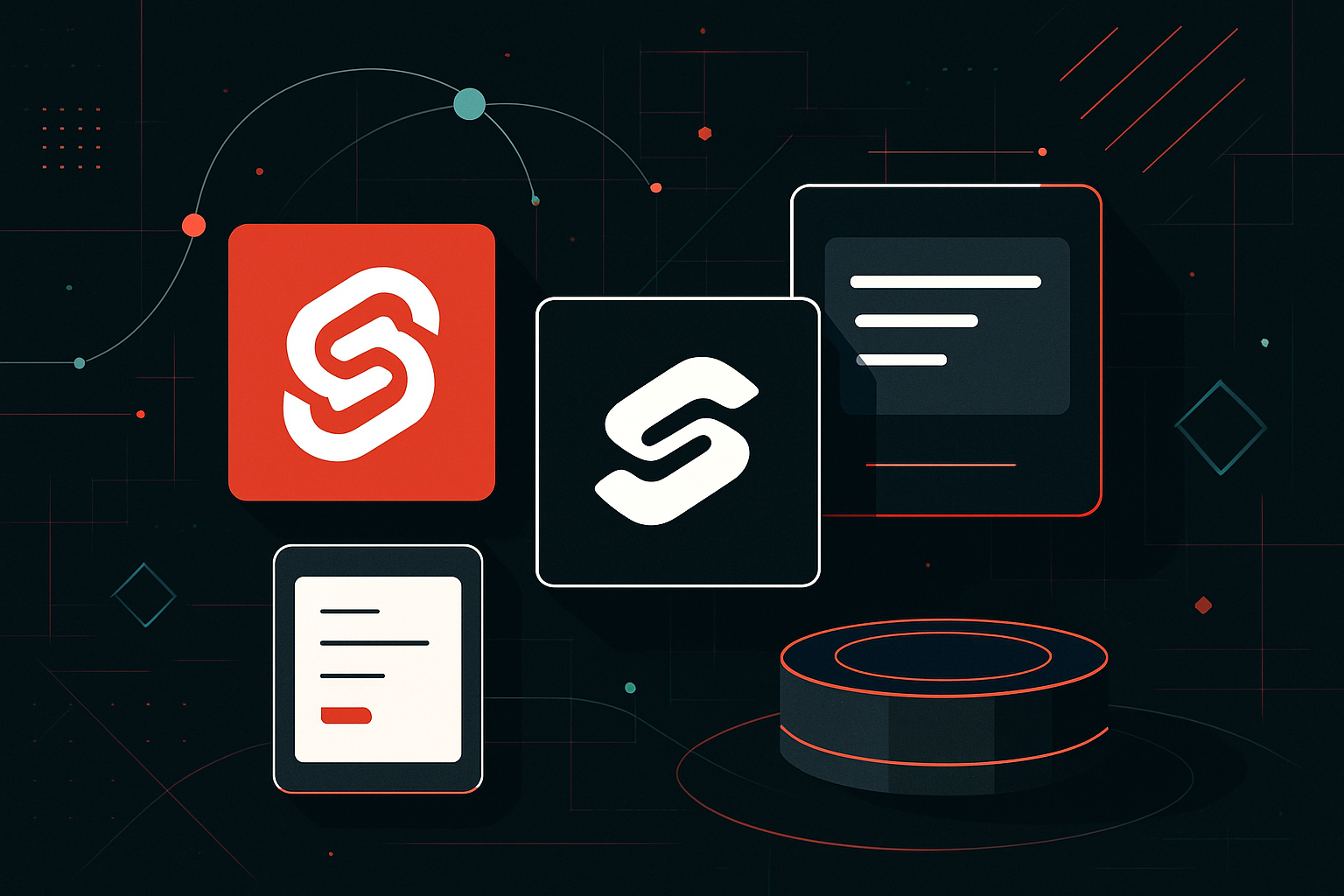Migrating Legacy Applications to the Cloud

Assessing Legacy Applications
Understanding Legacy Systems
Legacy systems are often critical applications that businesses have relied on for years. They might be built on outdated technology stacks, lack proper documentation, and operate on on-premises servers. Before migrating, it’s crucial to understand the application’s architecture, dependencies, data flow, and current performance metrics.
Application Assessment Checklist
- Architecture Analysis:
- Identify components, services, and modules.
- Determine current hosting infrastructure.
- Code Review:
- Evaluate codebase for maintainability.
- Identify deprecated libraries and languages.
- Dependencies:
- List external systems and APIs.
- Analyze database connections and storage requirements.
- Performance Metrics:
- Collect data on response times, throughput, and error rates.
- Identify peak usage times and resource demands.
Choosing the Right Cloud Model
Cloud Service Models
- Infrastructure as a Service (IaaS):
- Provides virtualized computing resources over the internet.
- Suitable for applications needing control over the infrastructure.
- Platform as a Service (PaaS):
- Offers a platform allowing customers to develop, run, and manage applications without the complexity of building and maintaining infrastructure.
- Software as a Service (SaaS):
- Delivers software applications over the internet on a subscription basis.
Cloud Deployment Models
| Deployment Model | Description | Use Case |
|---|---|---|
| Public Cloud | Services offered over the public internet and shared. | Non-sensitive applications, development, and testing. |
| Private Cloud | Dedicated infrastructure for a single organization. | Sensitive data processing, compliance-heavy industries. |
| Hybrid Cloud | Combines on-premises and public cloud services. | Workloads requiring both local and external resources. |
Choosing a Cloud Provider
Consider factors like cost, geographical data center locations, compliance requirements, and available services. Major providers include AWS, Azure, and Google Cloud Platform.
Planning the Migration
Migration Strategies
- Rehosting (Lift and Shift):
- Move applications to the cloud with minimal changes.
-
Quick to implement but may not fully leverage cloud capabilities.
-
Refactoring (Re-architecting):
- Modify applications to better fit the cloud environment.
-
Enables using cloud-native features but requires more effort.
-
Replatforming:
- Make a few cloud optimizations without changing the core architecture.
-
Balance between lift and shift and full refactoring.
-
Rebuilding:
- Completely rewrite the application from scratch.
-
Best for applications that need significant updates.
-
Retiring:
- Identify and decommission obsolete parts of the application.
Risk Assessment and Mitigation
- Data Loss: Implement robust backup and recovery strategies.
- Downtime: Plan migrations during off-peak hours and use staging environments.
- Security: Ensure proper encryption and access controls are in place.
Cost Analysis
Estimate costs involving cloud resources, potential downtime, and labor. Use calculators provided by cloud vendors for accurate estimates.
Technical Execution
Data Migration
- Data Transfer Services: Use tools like AWS Data Migration Service or Azure Database Migration Service.
- Data Format Compatibility: Ensure data formats are compatible with cloud databases.
- Testing: Validate data integrity post-migration.
Application Deployment
Step-by-Step Example: Deploying a Dockerized Application to AWS ECS
-
Containerize Application:
Dockerfile
FROM node:14
WORKDIR /app
COPY . .
RUN npm install
CMD ["node", "server.js"] -
Push to Container Registry:
-
Use Amazon Elastic Container Registry (ECR) to store Docker images.
-
Create ECS Cluster:
-
Use AWS Management Console or CLI to set up a new ECS cluster.
-
Define Task Definition:
json
{
"family": "my-app",
"containerDefinitions": [
{
"name": "my-app-container",
"image": "123456789012.dkr.ecr.us-west-2.amazonaws.com/my-app:latest",
"memory": 512,
"cpu": 256,
"essential": true
}
]
} -
Deploy to ECS:
- Create a new service using the defined task.
Monitoring and Optimization
- Set Up Monitoring: Use cloud-native tools like AWS CloudWatch or Azure Monitor.
- Optimize Performance: Scale resources based on demand, optimize network configurations.
Post-Migration Considerations
Security Best Practices
- Implement Identity and Access Management (IAM).
- Regularly update and patch systems.
Continuous Integration/Continuous Deployment (CI/CD)
- Set up pipelines for automated testing and deployment.
- Use tools like Jenkins, GitHub Actions, or AWS CodePipeline.
Training and Support
- Train staff on new cloud technologies and processes.
- Establish a support plan for ongoing maintenance and troubleshooting.





0 thoughts on “Migrating Legacy Applications to the Cloud”